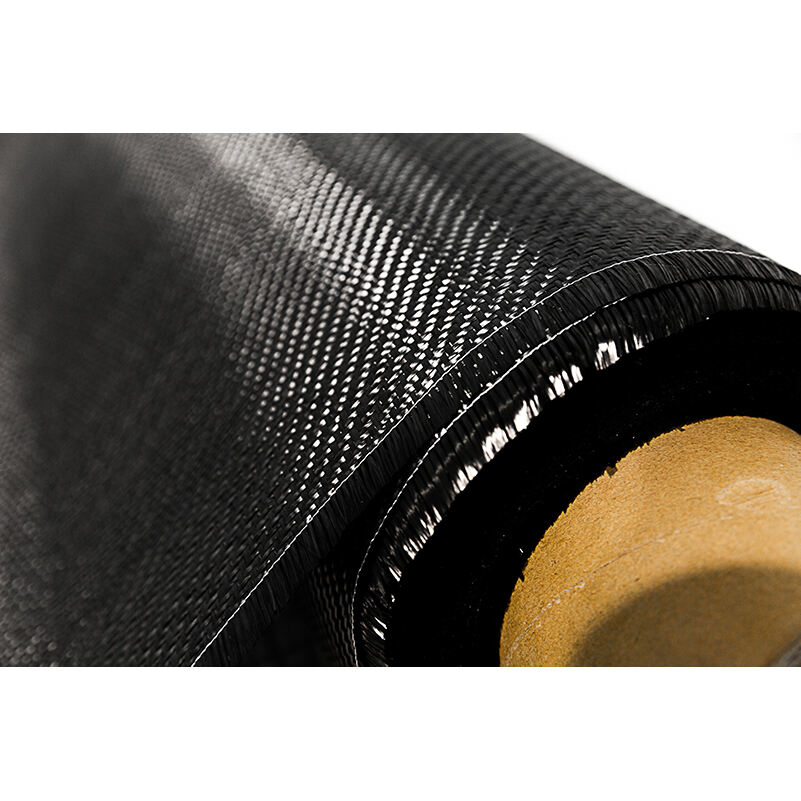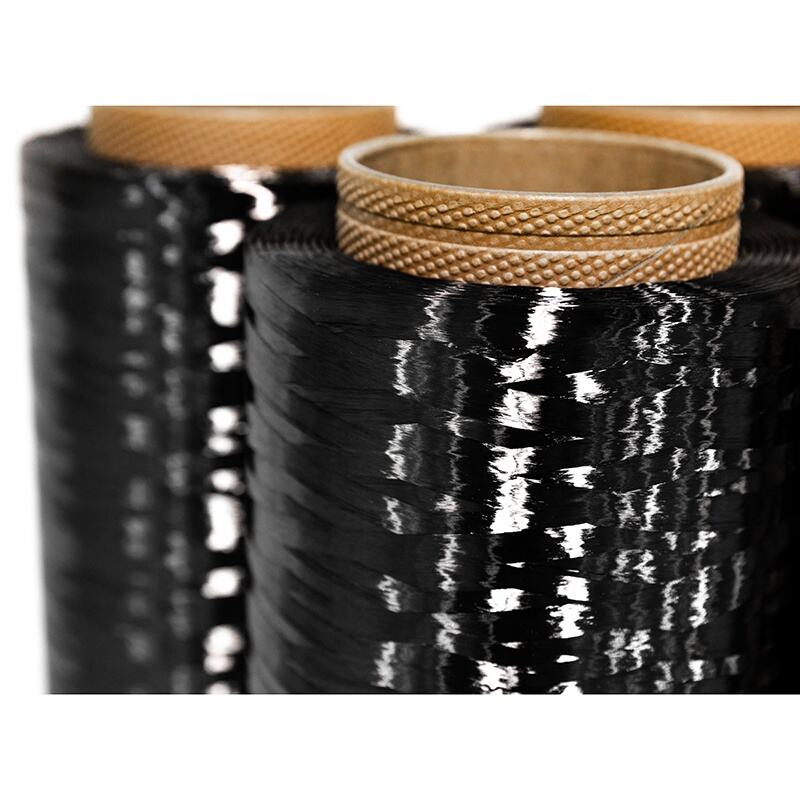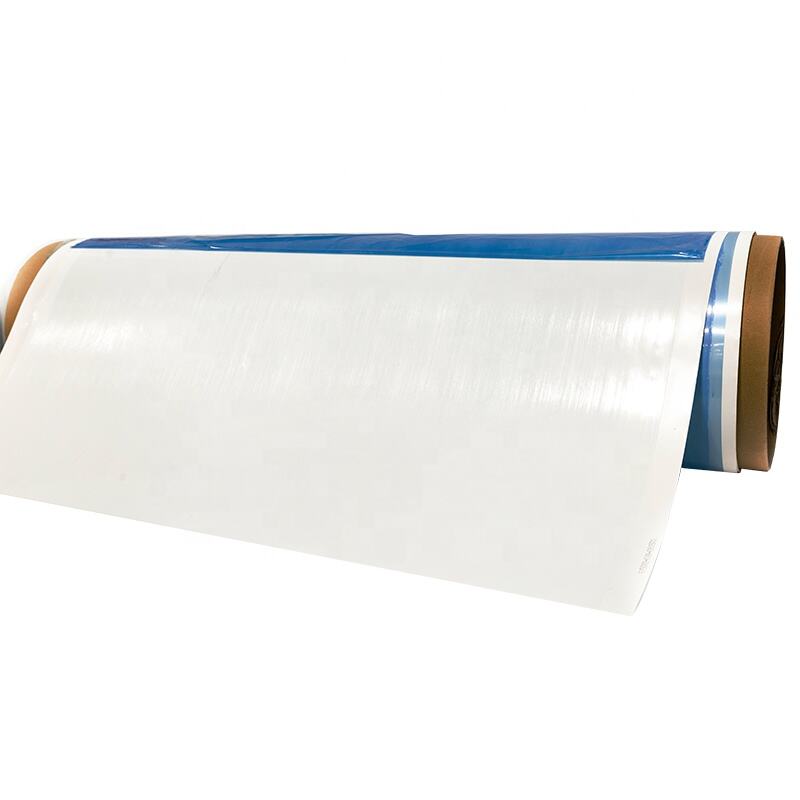carbon prepreg
Carbon prepreg represents a cutting-edge composite material consisting of carbon fiber reinforcements pre-impregnated with a thermoset or thermoplastic resin system. This advanced material has revolutionized manufacturing across aerospace, automotive, and sports equipment industries. The pre-impregnation process ensures optimal fiber-to-resin ratio, eliminating the complexities and inconsistencies associated with manual resin application. Carbon prepregs offer exceptional strength-to-weight characteristics, making them ideal for applications requiring high performance and reduced mass. The material's uniform distribution of resin and consistent fiber alignment contribute to superior mechanical properties, including enhanced tensile strength, flexural rigidity, and impact resistance. Modern carbon prepregs feature specialized resin systems with controlled cure cycles, enabling precise processing conditions and reliable final product quality. The material's versatility allows for complex shape formation while maintaining structural integrity, and its storage stability under controlled conditions ensures consistent manufacturing results. These materials typically require specific storage conditions and handling procedures to maintain their properties until processing, usually involving refrigeration to prevent premature curing.


